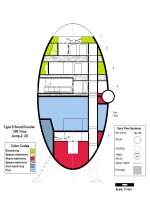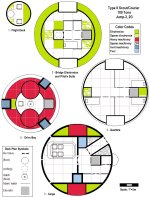Some things, anyway.
I don't play Star Wars, but I do look up some of their technical manuals, and it seems to me that their spaceship speeds are kinda slow.
And from what I can tell, non-Newtonian. Either that, or they have some way to interact with the ether so they maneuver like airplanes...






